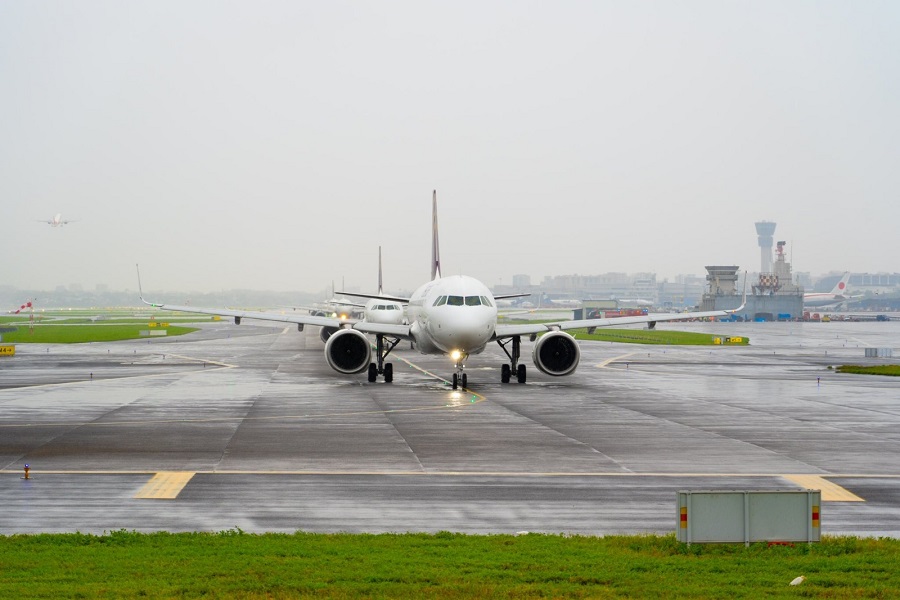In a novel approach to combat the burgeoning air traffic blues, the Government of India has initiated a somewhat unconventional air traffic control measure at Mumbai Airport – akin to applying a slight brake in a bumper-to-car traffic scenario. With Mumbai’s skies more jam-packed than a rush-hour local train, the Airports Authority of India (AAI) has issued a command that could very well be likened to asking birds to fly in an orderly queue.
As the skies begin to resemble a buzzing beehive post-pandemic, the AAI has put its foot down, albeit gently, directing the airport operator to dial down the air traffic movements. During the peak of High Intensity Runway Operations (HIRO), planes will now have to take turns with the precision of a finely choreographed ballet, moving from 46 to a slightly less frenetic 44 flights per hour. Meanwhile, during the quieter hours, the sky dance will slow further from 44 to 42 movements per hour.

General aviation hasn’t been spared the rod either, with restrictions clamped down during these HIRO periods. Picture private jets now having to wait their turn, like VIPs at an exclusive nightclub queue, albeit in the stratosphere.
The measures come in the wake of an alarming trend where aircraft were found circling the skies above Mumbai for what seemed like an eternity – between 40 to 60 minutes – burning fuel like there’s no tomorrow. With an average consumption rate of 2000kg of fuel per hour, the financial toll is not just on the airlines but eventually trickles down to Joe Public, affecting everything from ticket prices to the environment.
Mumbai Airport, straining under the weight of its own popularity, resembled a crowded market before these measures, with flights jostling for space to land and take off. The situation was further exacerbated by the generous doling out of slots and a laissez-faire attitude towards scheduling that would make even a procrastinator blush.
The intervention by the Ministry of Civil Aviation, therefore, has been akin to a much-needed traffic light in a bustling intersection. By issuing Notices to Airmen (NOTAMs), the AAI has signaled a move towards more regulated skies, with the hope that the Mumbai International Airport Limited (MIAL) will swiftly align its operations to ensure a smoother flow of air traffic.
This step, deemed a necessary evil by the Government of India, aims to strike a harmonious balance between the operational capacities of airlines and the comfort and safety of passengers. As Mumbai Airport gears up to implement these directives, the skies above this megacity are set for a little less chaos and a lot more order, promising a future where flights glide through the air as gracefully as swans on a lake.







